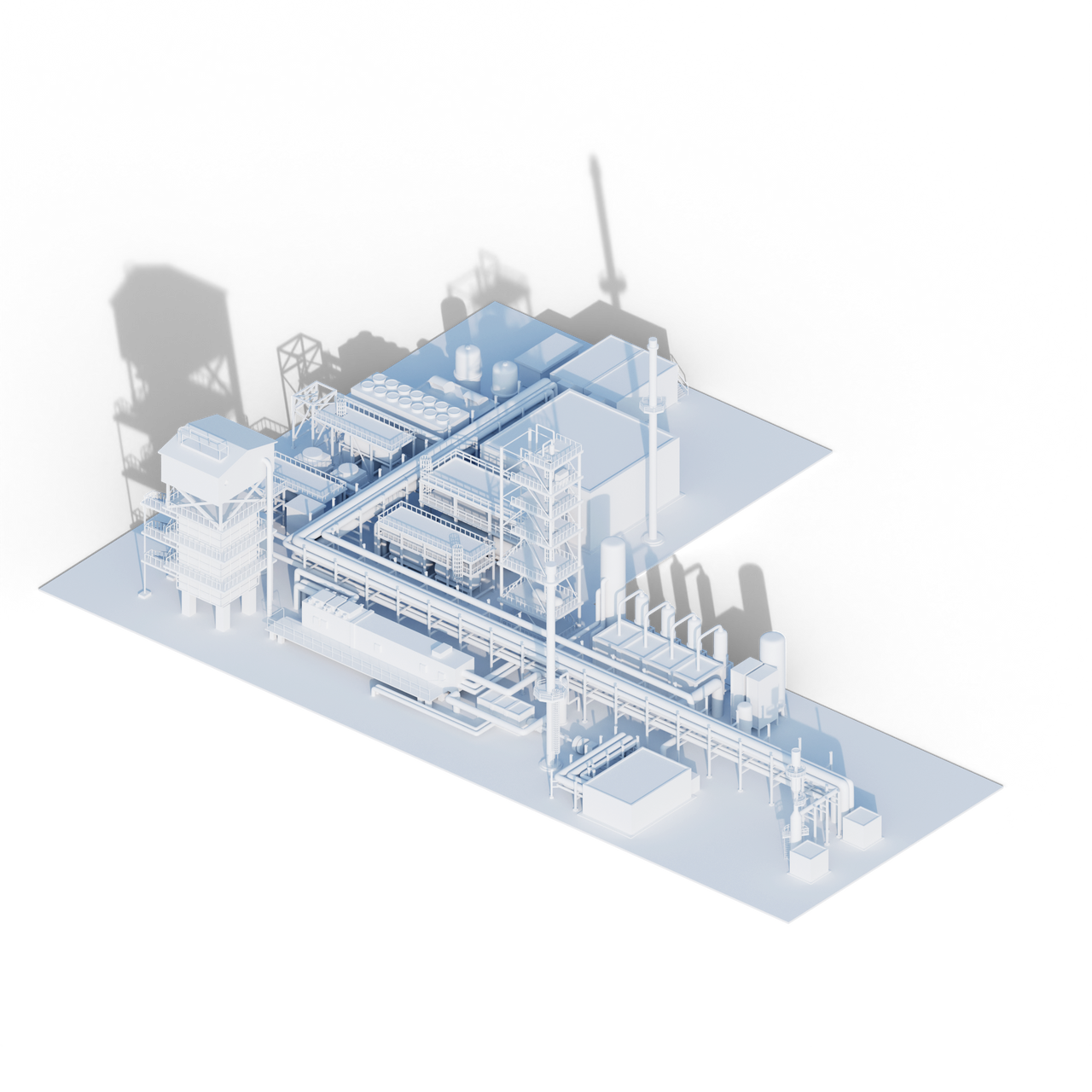Hydrogen has many advantages but there is also a disadvantage: While there is great demand in the Northern hemisphere, the most cost-effective production of green hydrogen takes place in the Southern hemisphere. Clean hydrogen is produced by splitting water with green electricity in places where the sun and the wind provide plenty of renewable energy. Liquid hydrogen then could be delivered by ship to places that urgently need it as the distance is too long for pipelines. However, this method is complex and expensive.
The solution: The hydrogen is converted into ammonia (NH3) together with nitrogen, which is simply extracted from ambient air. With ammonia as a carrier, hydrogen can be transported in a much simpler, more affordable and energy-efficient way via ships. The necessary infrastructure is already in place and well-proven.
Upon arrival at its destination, the ammonia is either burned directly for energy generation or the ammonia is decomposed again into nitrogen, which can simply be released into the atmosphere, and into hydrogen, which is so important for energy transition. The solution for this is called: Ammonia Cracking.

/thyssenkrupp_logo_claim_d.svg)

















